river yeo
river yeo
Giving its name to Yeovil
Yeovil, literally meaning the vil or town on the Yeo, derives its name from the River Yeo.
The River Yeo rises in the North Dorset Downs near Henstridge Bowden and has a total length of 15 miles (24 km). It flows through Sherborne before flowing west before reaching the southern edge of Yeovil where, for a few miles, it is the county boundary between Somerset and Dorset. On reaching Yeovil it turns to flow northwards to Yeovilton and Ilchester. For its last few miles beyond Ilchester (where the Romans built docks and a quay) it is navigable, finally joining the River Parrett near Langport.
In 1836 Phelps wrote "Another stream rises near Charlton-Horethorne, and waters the vale below, passing by Milborne-port, and is one of the sources of the river Yeo. On the south-west of Charlton one mile, and close to the turnpike road leading to Sherborne, is a pond supplied by seven springs, called the Seven Sisters, and is the source of a small stream, flowing by Pointington, and falling into the Yeo, near Sherborne, which winds its course near Yeovil, and passing Ilchester joins the river Parret near Langport.
The river's name derives from the Celtic river-name of gifl meaning 'forked river'. The abbreviated name, Yeo, was probably influenced by the Old English word ea, meaning 'river'.
|
The
following
is from
the
Western
Gazette,
edition
of 10
November
1871
|
|
From the
diary of
Louisa
Harris .... "15 February 1895: An Ice Carnival held on river Yeo last evening."
|
MAP
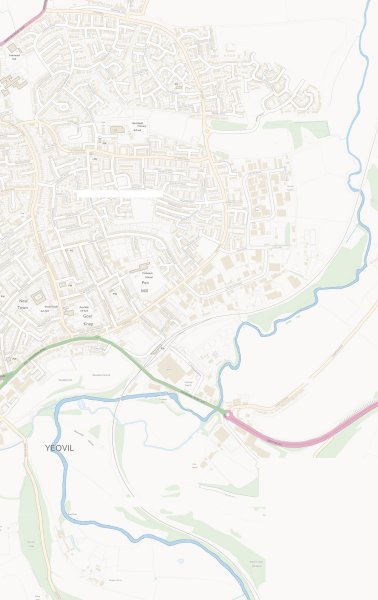
The route of the
River Yeo as it
skirts the
southern and
eastern flanks
of Yeovil.
gallery
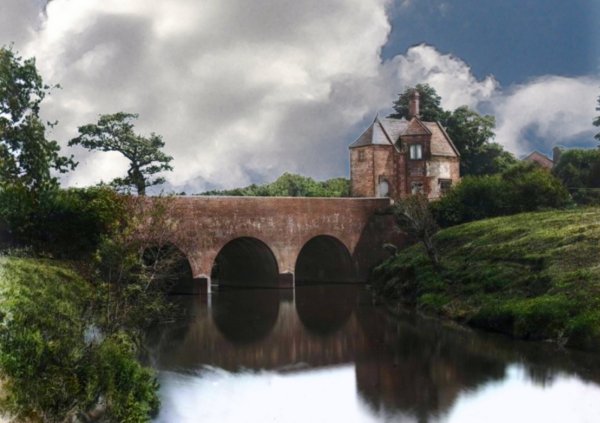
From the Stiby
Collection
(colourised),
Courtesy of South Somerset Heritage Collection
The original of
this photograph
features in my
book 'Yeovil
From Old
Photographs'
A photograph dating to the 1880s, by Henry Stiby, showing Yeovil Bridge and the Yeovil Bridge Toll House. The Yeovil Bridge Toll House was designed by Robert Shout and opened in 1856.The River Yeo is the boundary between Somerset and Dorset and is the eastern end of Sherborne Road before becoming the dual carriageway of Babylon Hill.
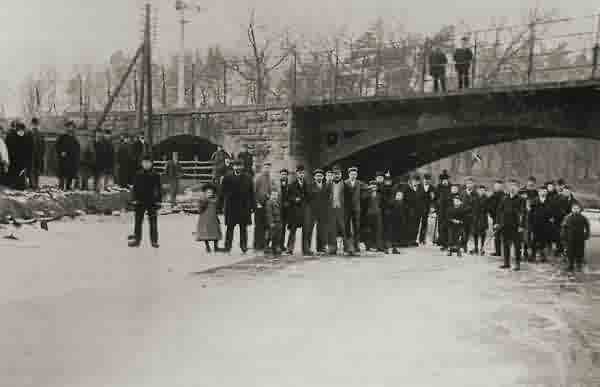
This event, on the frozen River Yeo close to Yeovil Junction, was known as the 'Ice Carnival' and probably took place during the 'Great Snow' of 1909.
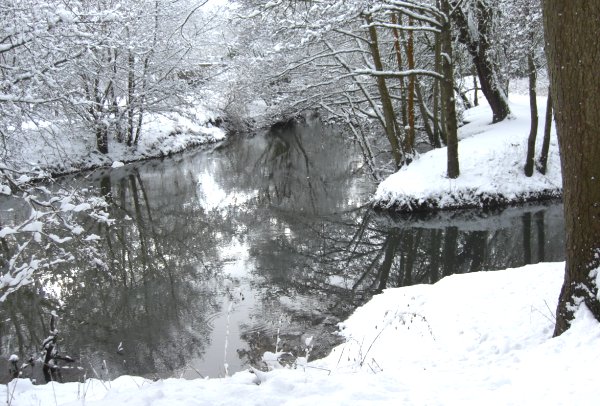
River Yeo in the snow. Photographed February 2009.
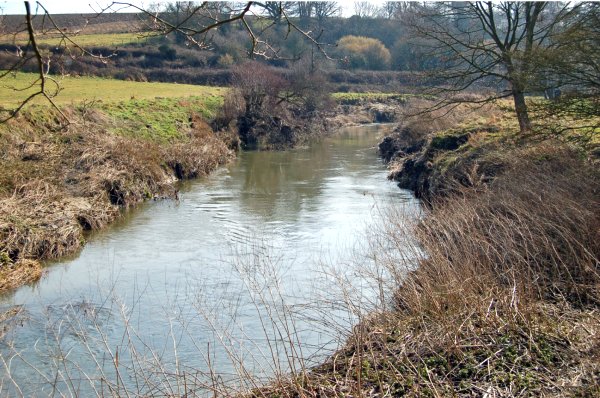
The River Yeo, seen from Riverside Walk and looking towards Babylon Hill. Photographed 2010.
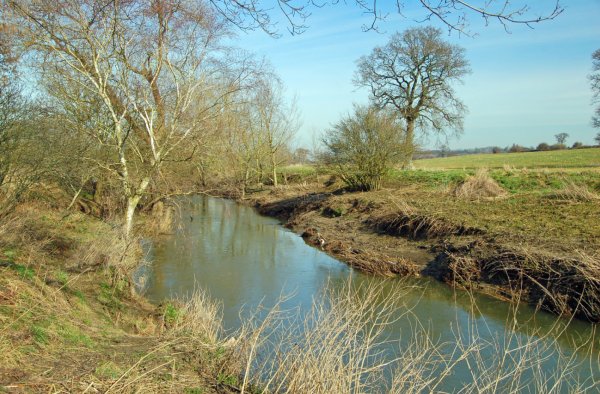
The River Yeo, seen from Riverside Walk and looking towards Trent. Photographed 2010.
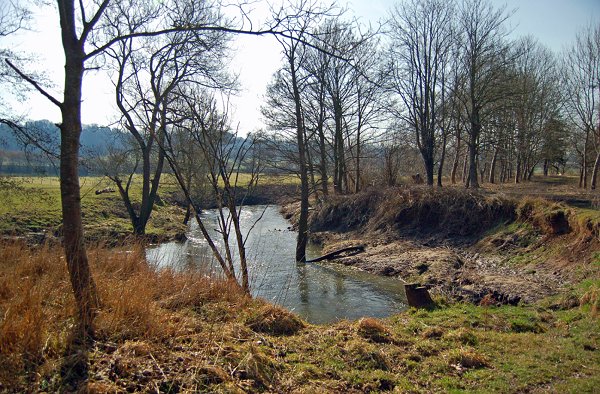
The River Yeo, seen from Riverside Walk close to Pen Mill Trading Estate. Photographed 2010.
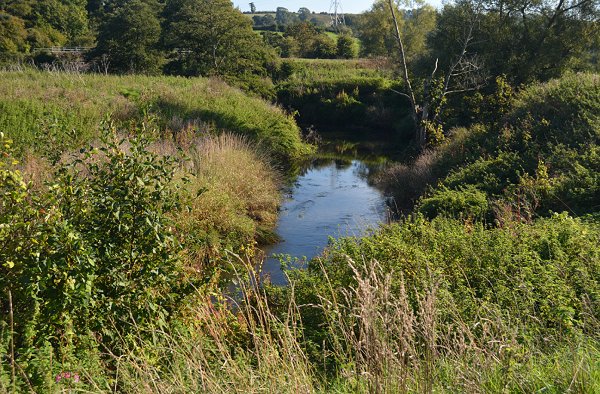
The river banks tend to get overgrown during the summer. Photographed in 2013.